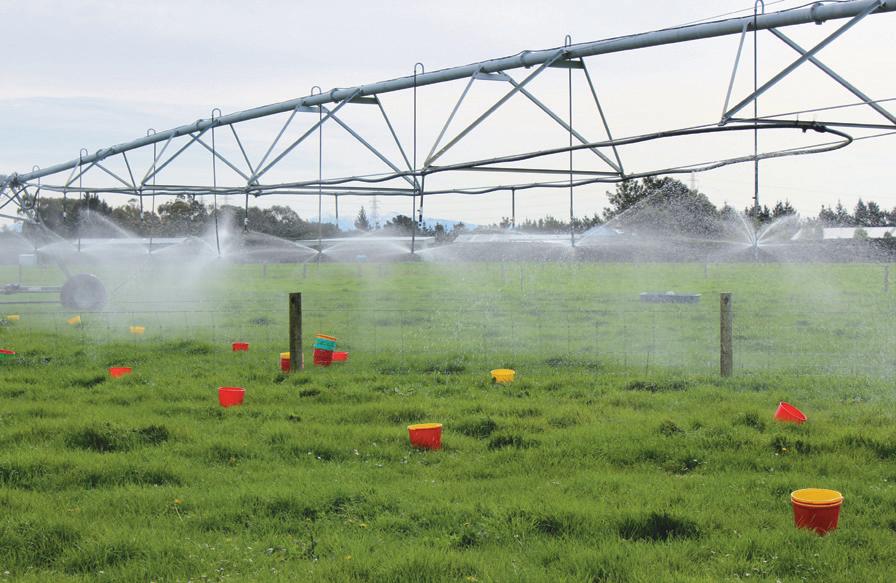
3 minute read
Smart ideas to reduce working hours on dairy farms
by Ruralco
Recent data shows many dairy farmers are finding new ways to reduce staff working hours and achieve better work/life balance.
WORDS PROVIDED BY SEONAID AITCHISON, DAIRYNZ SOLUTIONS AND DEVELOPMENT SPECIALIST.
Advertisement
Last season, over 75% of dairy workers worked less than 60 hours on average per week in spring, and most worked less than 50 hours a week at other times of the year. This is an improvement from four years ago when most employees were working longer weeks. With milking typically taking around 17 to 24 hours a week per worker, many farmers have been focusing on milking smarter to reduce hours. They are also coming up with other creative ways to shorten the working week. The benefits of flexible milking
22 percent of farmers report they are using flexible milking. For Taranaki farmers Daryl and Karyn Johnson, using 3 in 2 milking meant their team’s working week shortened by six hours each per week. Many farmers are having similar success with a 10 in 7 milking schedule that maintains traditional morning and afternoon milking times but frees up a few afternoons each week. One of the main reasons farmers shift to flexible milking is to reduce hours, make rosters more flexible, and improve work/ life balance for their team. Using a maximum milking time (MaxT) to reduce milking duration
Introducing a maximum milking time can reduce milking times without compromising production or udder health. Leaving some milk behind in slow milking cows can increase the flow rate in the next milking, improving milking efficiency. MaxT has helped Bay of Plenty farmer Gordon McFetridge reduce the amount of time staff spend milking and reduced the time they spend moving around the shed. Fonterra suppliers recently received Insights reports showing their milking efficiency compared to similar operations, and how much time they could save by reaching 80–100% milking efficiency. The average possible saving at peak was eight hours per week. Creative rostering and using casual staff
Align Farms in Mid Canterbury get their team to pick shifts, with the first pick rotating between staff. The most popular shifts are morning and mid-day, leaving the afternoons free. Flexible rostering means the team control their work week – they can pick shifts around other commitments and hobbies. It also means Align Farms can take on people looking for work opportunities including part-time positions. They describe these workers as some of the smartest people, and the farm benefits from having a diverse and interesting workplace. Reducing the hours your people work to 50 hours or less a week reduces stress, fatigue, and the risk of accidents, and helps you attract and keep good employees. Dairynz.co.nz/milking has more information on improving milking efficiency, MaxT and flexible milking.
Keep up to date with the latest in dairy with our Talking Dairy podcast!
Talking Dairy is a DairyNZ podcast for farmers that covers a range of topics from animals, pasture and feed, farm environment, people, and business. Recent podcasts cover flexible milking, improving herd fertility, protecting profit in a high pay-out, and emissions pricing. It’s easy to keep up with the latest in dairy news, science, research and practical solutions through DairyNZ’s podcasts as you can listen while you’re out and about on the farm. Visit dairynz.co.nz/podcast to listen online. You’ll also find links to the podcast on your favourite podcast platform so you can subscribe to Talking Dairy and be the first to know when each new episode is live.
SEONAID AITCHISON DAIRYNZ SOLUTIONS &











